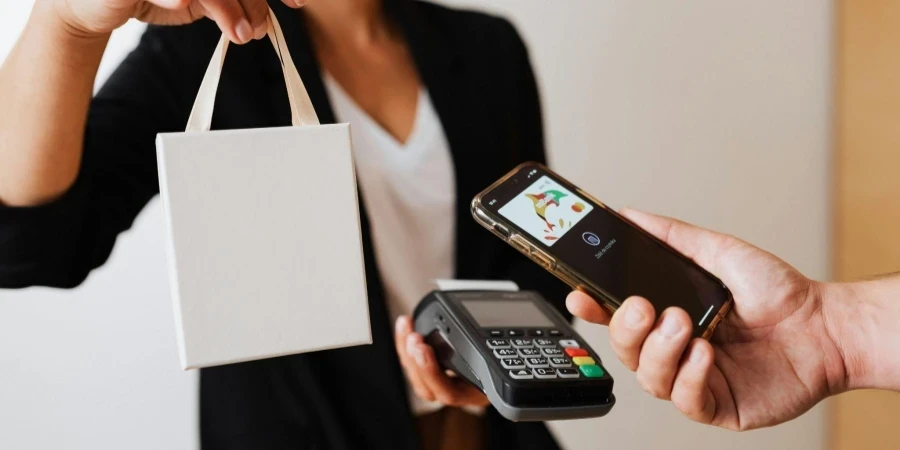Table of Contents
Introduction: The Checkout Line That Vanished
I. The Speed Imperative: When 0.3 Seconds Determines a Sale
II. Digital Wallets: The Trojan Horses of Brand Loyalty
III. BNPL 2.0: From “Buy Now” to “Own Your Future”
IV. Biometrics: Your Body Is the Password
V. The Global Payment Patchwork: One Size Fits None
VI. The Dark Side: Fraud’s AI Arms Race
Conclusion: The Checkoutless Horizon
Introduction: The Checkout Line That Vanished
In Tokyo’s Shinjuku district, a salaryman exits a Lawson convenience store with an onigiri and canned coffee, his palm briefly hovering over a scanner. No wallet, no app—just a biometric heartbeat confirming payment. Half a world away, a Miami college student buys concert tickets through Instagram, splitting the cost into four interest-free installments. These moments epitomize a silent revolution: payments are dissolving from conscious actions into background processes, rewiring expectations of speed, trust, and accessibility.
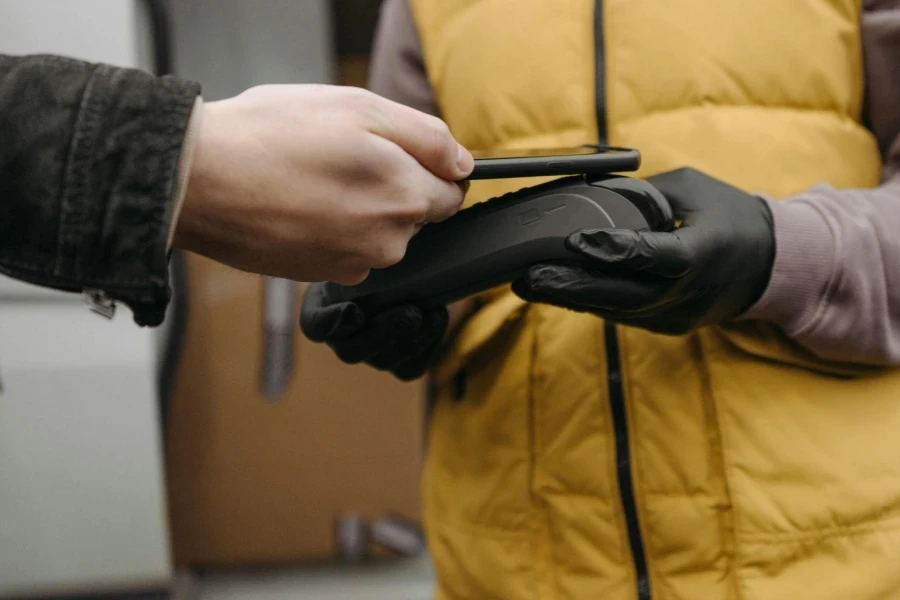
This shift transcends mere tech adoption. It’s a psychological recalibration where payments morph from transactional necessities to brand relationship builders. When Amazon found that 80% of Amazon One users return within a week, it wasn’t just tracking revenue—it was measuring how frictionless payments cement habitual consumption. The new battleground? Making money movements feel like conversations, not chores.
I. The Speed Imperative: When 0.3 Seconds Determines a Sale
Chili’s 2023 experiment with NFC-enabled tables exposed a harsh truth: patience is a relic. By letting diners tap phones to order, pay, and split bills, the chain reduced average meal duration by 22%. Staff initially feared job losses, but paradoxically, tips rose 18% as servers focused on hospitality over speed. The lesson? Eliminating payment friction doesn’t dehumanize—it reallocates human value.

Yet speed alone isn’t enough. Alipay’s “Smile to Pay” system processes transactions in 0.8 seconds, but its real breakthrough was integrating pre-authorization for repeat customers. Imagine walking into a mall where your face approves payments before you touch products—a concept H&M is piloting in Stockholm. The next frontier is anticipatory payments, where tech predicts purchases before conscious intent forms.
II. Digital Wallets: The Trojan Horses of Brand Loyalty
Starbucks’ app is a masterclass in wallet-as-lock-in. Users reload $2.5B annually, not for coffee, but for gamified rewards like “Double Star Days.” During its 2023 “Pay + Play” campaign, customers unlocked exclusive Spotify playlists via in-app payments, driving a 29% reload surge. The app isn’t a tool—it’s a behavioral flywheel, turning caffeine fixes into identity rituals.
Emerging markets reveal even bolder plays. India’s Paytm now lets users trade stocks and pay insurance premiums within its wallet, while Brazil’s PicPay blends P2P transfers with TikTok-style shoppable videos. These “super wallets” exploit a J.D. Power insight: 63% of users trust brands more when using proprietary payment systems. The endgame? Wallets as operating systems for life.
III. BNPL 2.0: From “Buy Now” to “Own Your Future”
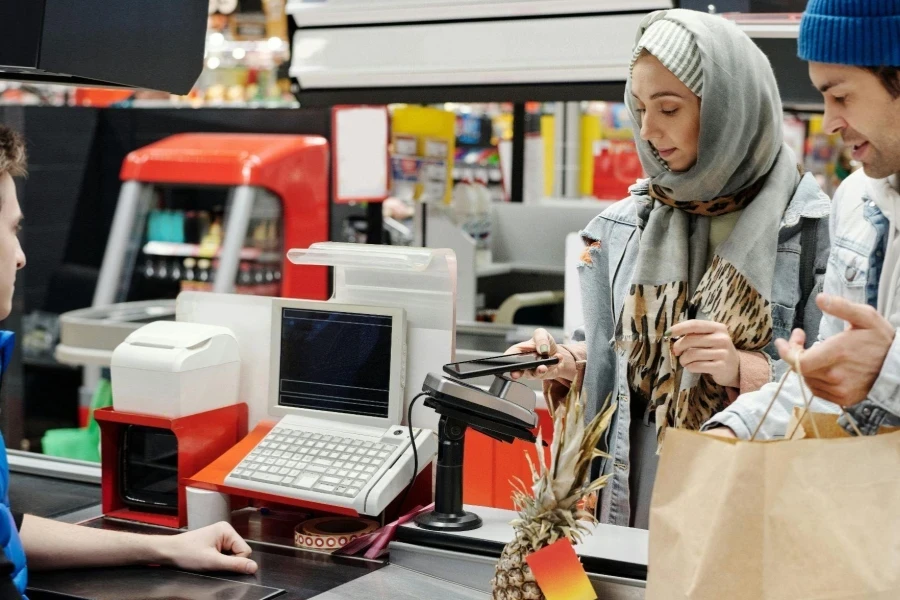
Klarna’s 2023 “Financial GPS” feature marked a paradigm shift. By analyzing users’ cash flow, it suggests personalized repayment plans—like biweekly $50 installments for gig workers buying iPhones. But the darker side emerged in Australia, where 23% of BNPL users skipped meals to meet payments, per ASIC. The industry’s response? Affirm now auto-rounds up payments into savings accounts, blending credit with forced frugality.
Cultural nuances redefine BNPL’s role. In Nigeria, startups like Carbon Zero offer “Pay-as-You-Learn” coding courses, deferring fees until graduates land jobs. Meanwhile, eBay’s “4-Interest-Free-Payments” option boosted refurbished electronics sales by 34%, tapping into sustainability-conscious Gen Z. BNPL isn’t just financing—it’s becoming a social mobility engine.
IV. Biometrics: Your Body Is the Password
At Denver’s Empower Field, 82% of NFL fans enter with Amazon One palm scans, buying $12 beers sans wallets. Vendors report 45% faster lines, but the real win is data: the system tracks which concession stands fans visit, informing 2024’s stadium layout redesign. Biometrics aren’t just payments—they’re spatial analytics tools.
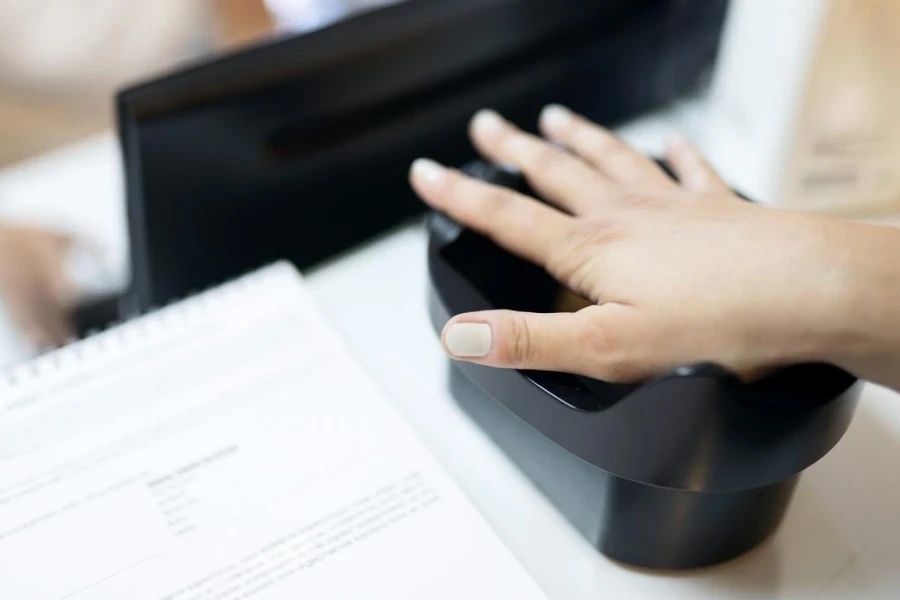
Yet skepticism lingers. A 2024 Pew study found 67% fear biometric leaks, even as 58% admit using them for “extreme convenience.” Innovators are addressing this dichotomy: Wawa’s vein recognition pilot requires no physical contact, cutting theft by 91%. Meanwhile, EU regulations mandate “liveness checks” to thwart deepfakes—a race to balance convenience with creepiness.
V. The Global Payment Patchwork: One Size Fits None
Kenya’s M-Pesa processes 73% of the country’s GDP via text messages, enabling farmers to insure crops through SMS codes. Contrast this with Germany, where 59% of transactions remain cash-based—a cultural firewall against digital surveillance. These extremes reveal a truth: payment systems reflect national psyches as much as tech infrastructures.
Hybrid models bridge divides. In the Philippines, GCash lets users fund digital wallets via 60,000 sari-sari (corner store) kiosks, merging cash’s tangibility with e-wallet convenience. Meanwhile, Sweden’s “Cashless 2023” initiative backpedaled after rural elders rebelled, proving that inclusivity requires optionality. Global success demands modular systems, not monolithic solutions.
VI. The Dark Side: Fraud’s AI Arms Race
A Japanese firm’s $35M loss to deepfake voice scams in 2023 exposed payment’s Achilles’ heel: biometrics can be spoofed. Fraudsters cloned a CFO’s voice to authorize wire transfers, bypassing traditional safeguards. Defense tools are emerging—Mastercard’s “Neuro-Sonar” analyzes 1,500+ vocal biomarkers—but the cat-and-mouse game escalates daily.
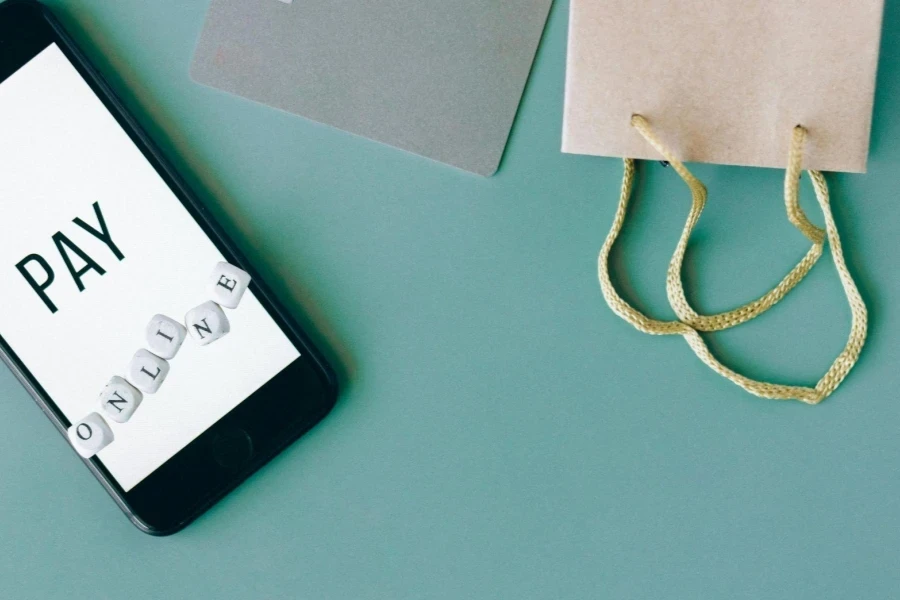
Regulators are playing catch-up. Nigeria banned unverified facial payments after 12,000 fraud cases, while the EU’s 2025 Digital Identity Wallet mandates real-time “liveness” checks. Yet ethical dilemmas persist: India’s Aadhaar system, linking payments to biometric IDs, has enabled welfare efficiency but also exclusion errors. Innovation’s price is eternal vigilance.
Conclusion: The Checkoutless Horizon
The future belongs to brands that make payments invisible yet intimate. Disney’s MagicBand—charging meals to hotel rooms via wristbands—turns transactions into branded experiences. Similarly, Klarna’s BNPL-savings hybrids reframe debt as financial self-care. The goal? To weave payments into life’s fabric, like electricity—ubiquitous but unnoticed.
Walmart’s CEO recently declared payment systems a “C-suite priority,” warning of irrelevance for laggards. As Kenya’s farmers insure crops via text and Gen Z “buys” concert tickets with selfies, one truth emerges: payment innovation isn’t about moving money—it’s about moving trust. Whoever masters this alchemy will define commerce’s next epoch.
